Do you have dry, rough, itchy patches of skin on the backs of your arms? Or tiny, rough pimple-looking things on your legs or butt? Bumps that look and feel like permanent sandpaper goosebumps? If any of these questions seem on-point, read on to find out what they could be!
What are these bumps?
There are so many things that could cause itchy, dry, bumpy patches on your skin, but the most common are eczema, psoriasis, keratosis pilaris, contact dermatitis, and folliculitis. It could also be acne, though acne tends to be more painful than itchy.
Eczema (also called atopic dermatitis) is caused by inflammation, and it shows up on the skin as a dry, flaking, red, itchy rash. The key word here is itchy — everyone’s eczema looks different, but it’s almost always itchy.
Psoriasis appears as a result of an overgrowth of keratin and skin cells and creates these overgrown scaly areas that are red or almost silver in color. When you have psoriasis, it means your skin is overproducing keratin way too quickly, and your body can’t shed them fast enough or keep up.
Contact dermatitis is in the same family as eczema, but it happens when your skin comes into contact with something that was irritating or that you have an allergy to. Anything from poison ivy to fragrant soaps to jewelry can cause this one.
Folliculitis is an inflammation of your pores (aka hair follicles) and involves small red bumps or bumps that look like white-headed pimples.
Keratosis pilaris is what we’ll be focusing on in this story, and it’s what all those questions up top referred to. Dry, rough, patches of skin that look like permanent goosebumps and feel like sandpaper. Sometimes these bumps are flesh-colored, other times they’re red and itchy and angry.
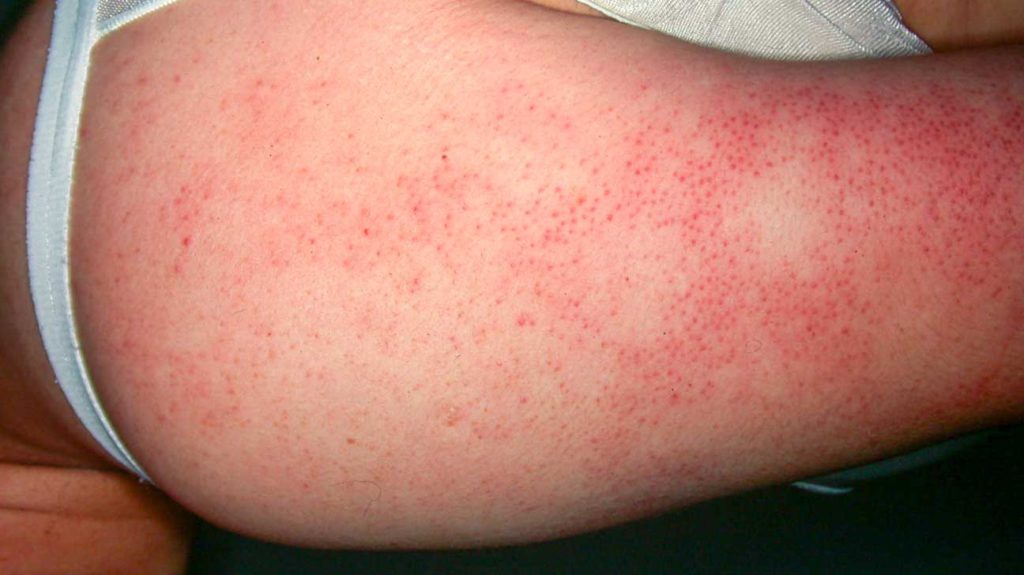
Of course, this list is meant to help you determine what’s going on with your skin, but the best way to be sure what skin condition you have is to schedule a visit with your doctor or dermatologist for a proper diagnosis so you can get to work on getting clear skin that makes you feel great!
What is keratosis pilaris?
If you think you have keratosis pilaris, don’t worry! It’s a benign and harmless condition that’s very treatable, and you’re definitely not alone! Keratosis pilaris is said to affect up to 80% of the population at some point during their lives, and some people begin witnessing symptoms as early as two years old.
Keratosis pilaris is a common condition that shows up as these itty bitty bumps on the skin. Sometimes referred to as “chicken skin” for its resemblance to a plucked chicken, the symptoms of keratosis pilaris are usually dry and rough skin. These patches of sandpaper-like skin typically appear on the arms, legs, butt, and sometimes on a person’s face. For some people, the bumps are flesh-colored (like below) and for others, they’re red, itchy, and inflamed (like above).
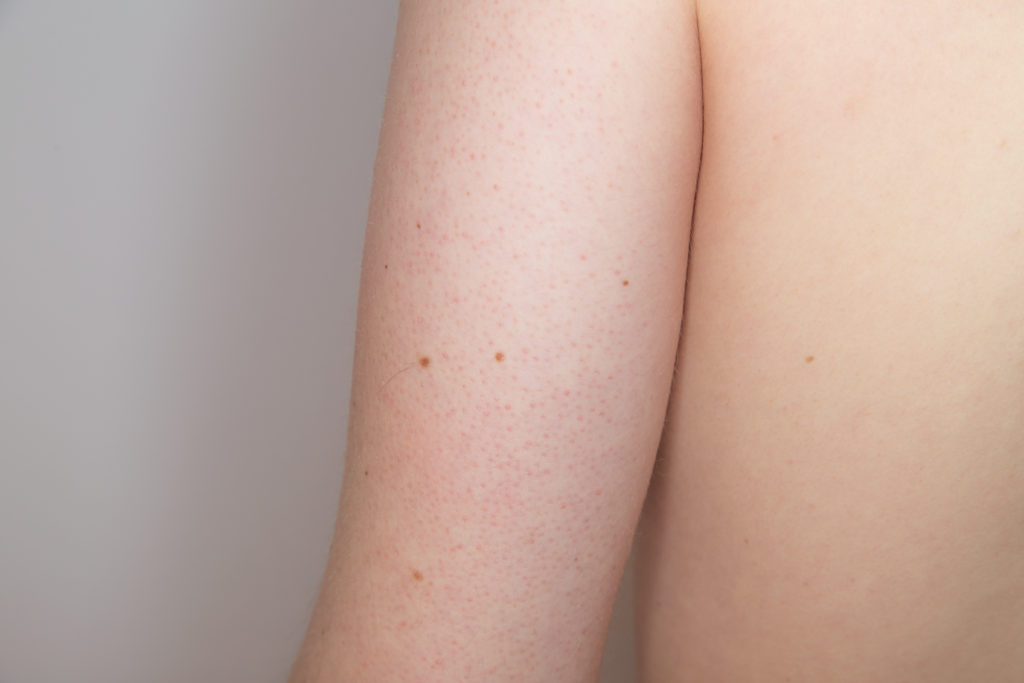
The rough, bumpy patches that people who have keratosis pilaris see on their skin are caused by clogged hair follicles or pores. While acne symptoms appear as a result of excess sebum and dead skin cells blocking up a pore, keratosis pilaris symptoms occur when excess keratin, a skin-building protein, plugs up hair follicles and becomes trapped under the surface of the skin.
But, you may be asking, why do I have this condition? According to medscape.com, up to 50% of people with keratosis pilaris have a family history of the condition, so if you’re wondering why you have these bumps, you may just have genetics to thank. Sometimes, keratosis pilaris can result as a side effect of another medical condition, like eczema, asthma, or obesity. Researchers are still not entirely sure what causes keratosis pilaris, but luckily, the symptoms are treatable, and many people end up finding relief from those pesky bumps.
How do I deal with my keratosis pilaris?
We’ll start with the bad news: sadly, there is no known cure for keratosis pilaris. The good news, however, is that it’s totally harmless! Aside from occasional itchiness, this condition isn’t really anything you need to stress yourself out about. That said, while keratosis pilaris isn’t really concerning from a medical perspective, the symptoms and look of KP can have some people feeling embarrassed or self-conscious. If this is the case, you can rest easy knowing that the symptoms of keratosis pilaris are totally treatable and can be minimized so that you can eventually have the skin you deserve by taking just a few easy measures.
So, what are the best ways to treat keratosis pilaris? To put it simply — exfoliation. In order to smooth out those bumps, you’ll need to get that excess keratin out of your hair follicles. One way to exfoliate is with a physical exfoliant, like a scrub, which works for some people, but may be a little too rough for some skin contending with this condition.
The other way to treat it is with a chemical exfoliant, namely, acids. Glycolic acid, salicylic acid, and lactic acid are all tried-and-true skincare staples that work to break down that top layer of dead, dry skin to treat conditions like acne and aging, and can be found in a ton of common products ranging from cleansers to lotions. Glycolic acid is a great choice for anyone with sensitive skin because it penetrates the surface to exfoliate without irritating, thanks to its small molecular size. Even better, because it’s a humectant, it can hold water and pull it into the skin, which can alleviate symptoms of dryness that often occur as a result of keratosis pilaris.
Before you start going HAM using glycolic acid products, be sure to start slowly and increase use over time, and spot test in a small area before you apply it elsewhere to reduce the risk of irritation. Glycolic acid is definitely gentle enough for everyday use, but it’s always better to be safe than sorry, especially if you already have skin conditions and concerns to contend with.



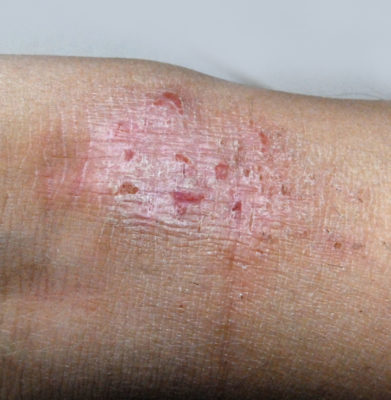
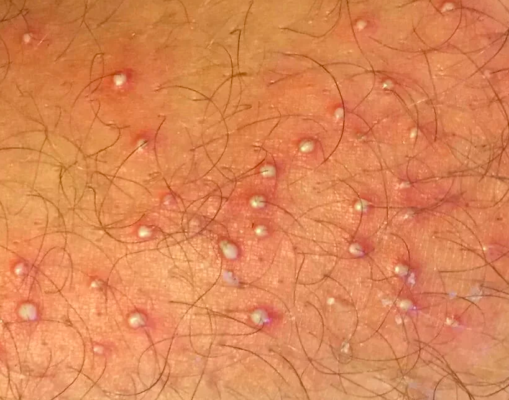
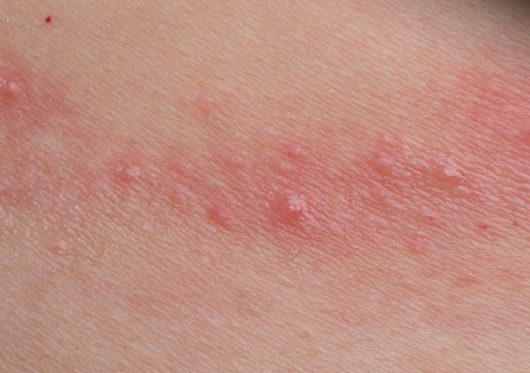
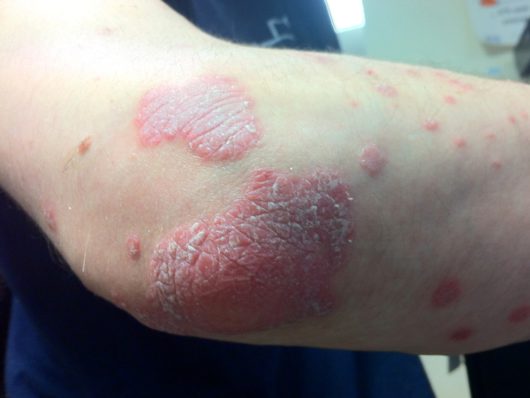


I had an idea that I had KP. This comfirms it. If i use a exfoliator does it minimize the look or does it completely disappear? How long does it take to see results?
Thanks
Can I use this on my 2 year old ?